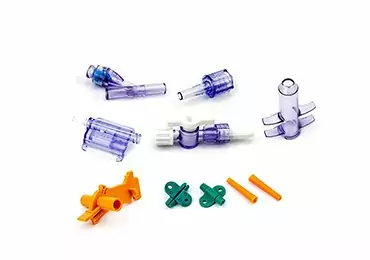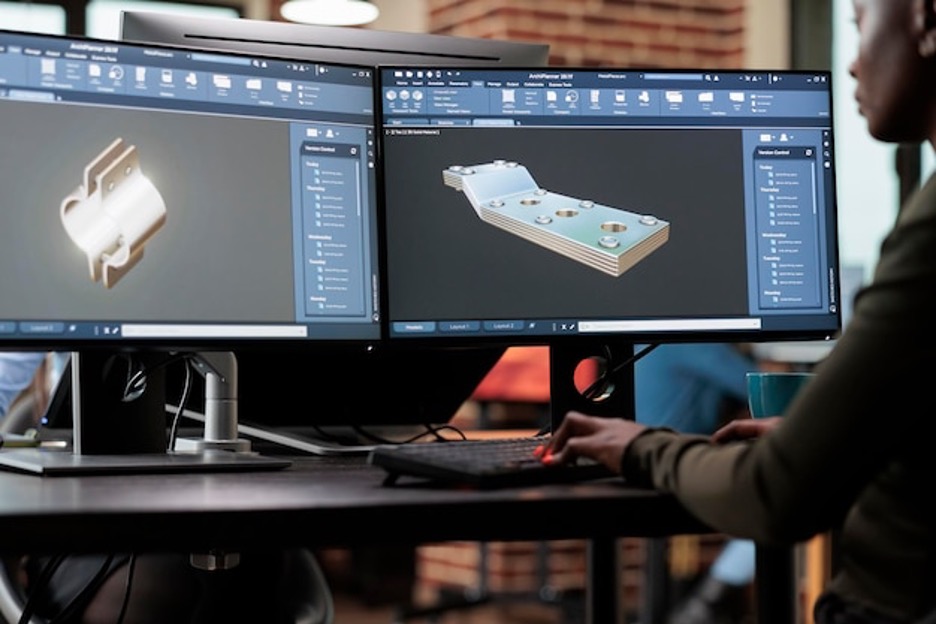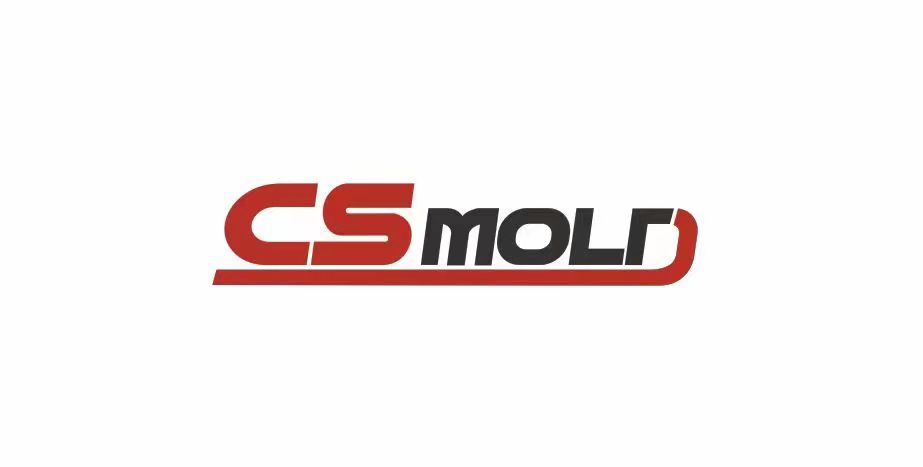Compression molding and transfer molding are two widely used methods in silicone molding. Every approach has special qualities and benefits that make them appropriate for certain project needs. This article will contrast compression molding vs transfer molding, emphasising the latter’s advantages and uses. Being a top supplier of molding solutions, CS Mold offers knowledge of both compression and transfer molding, so we can customise our offerings to fit your unique requirements.
Understanding Compression Molding
Compression molding is a silicone molding process that involves placing a pre-measured amount of raw material into a mold cavity, followed by applying heat and pressure to shape and cure the material. This method offers several advantages, including cost-effectiveness, versatility in part design, and the ability to handle a wide range of materials. At CS Mold, we specialize in compression molding and have extensive experience in delivering high-quality silicone parts using this technique.
Understanding Transfer Molding
Transfer molding, on the other hand, is an alternative silicone molding technique that utilizes a closed mold system with a transfer pot. The raw material is preheated and placed in the pot, which is then pressurized to force the material into the mold cavities. Transfer molding offers unique benefits such as reduced cycle time, better material flow control, and the ability to produce intricate parts with precise details. CS Mold has the expertise and equipment to provide exceptional transfer molding solutions for your projects.
Key Differences Between Compression Molding and Transfer Molding:
1. Molding Processes and Mold Design:Compression molding involves placing material directly into the mold cavity and closing it for curing.And transfer molding uses a transfer pot to inject material into the mold cavities, ensuring precise material distribution.CS Mold’s engineers can assist in optimizing mold designs for both compression and transfer molding processes.
2. Cycle Time and Complexity of Parts:Compression molding typically has a longer cycle time due to the need for longer curing periods.What more, transfer molding offers shorter cycle times, making it ideal for high-volume production.Complex parts with delicate features can be better accommodated with transfer molding.
3.Compression molding vs transfer molding-Tooling Costs and Material Selection:Compression molding often requires simpler molds, resulting in lower tooling costs.Transfer molding may involve more complex molds, leading to higher tooling costs.And both methods offer flexibility in material selection, allowing for customization based on project requirements.
Conclusion
When deciding compression molding vs transfer molding, it’s essential to consider the specific needs of your project. CS Mold, as your trusted molding partner, offers expertise in both compression molding and transfer molding techniques. Whether you require cost-effectiveness and versatility or shorter cycle times and intricate part production, we can provide tailored solutions to meet your exact requirements. Contact CS Mold today to discuss your project and benefit from our extensive knowledge and experience in the silicone molding industry.



